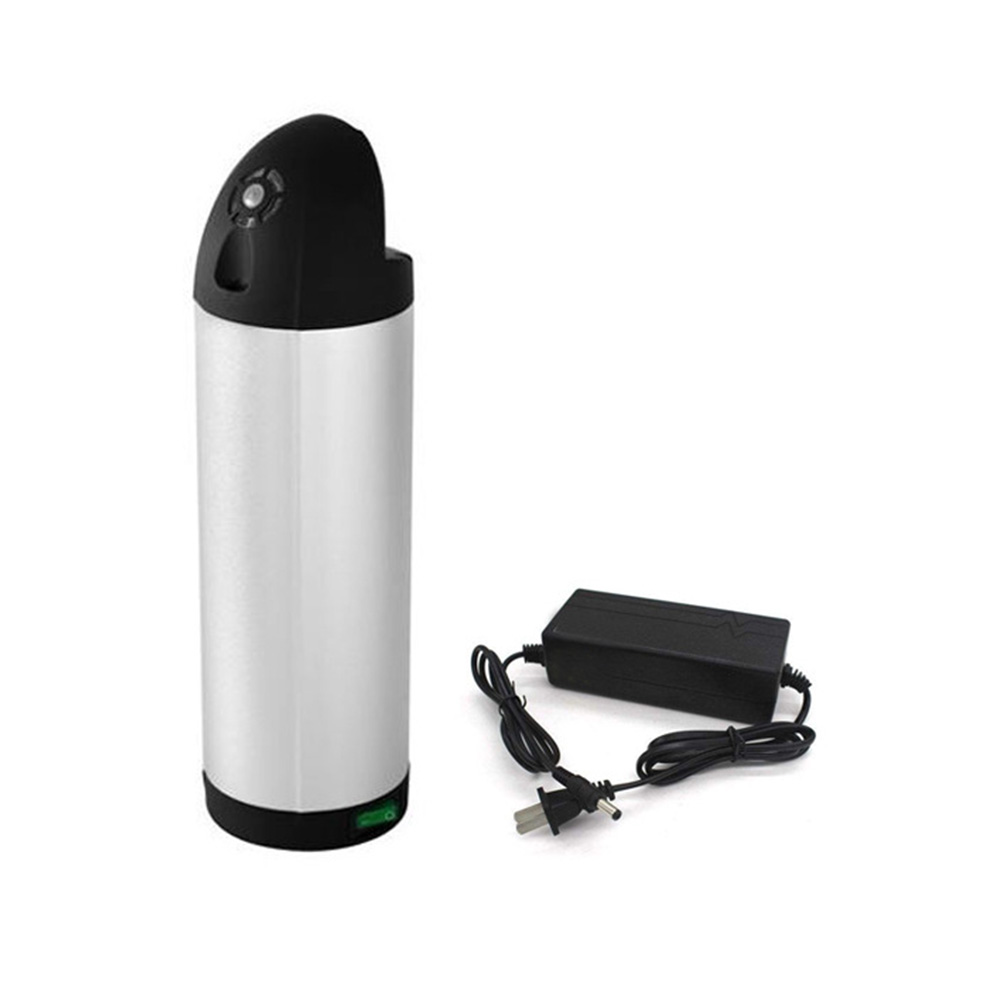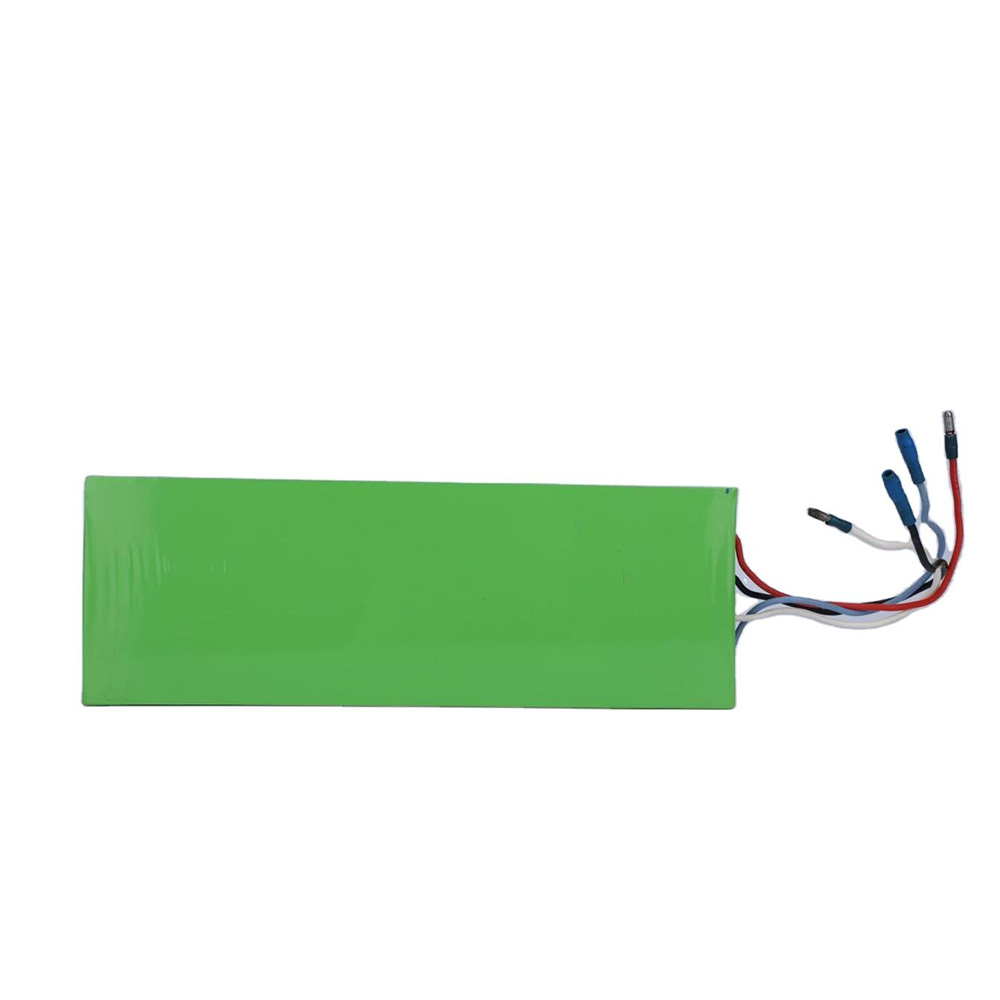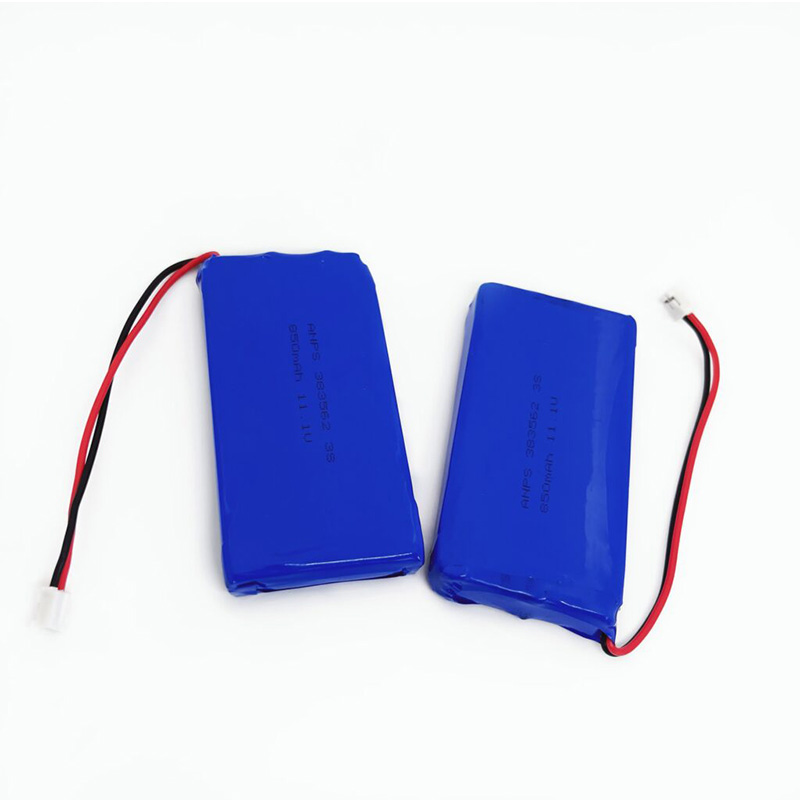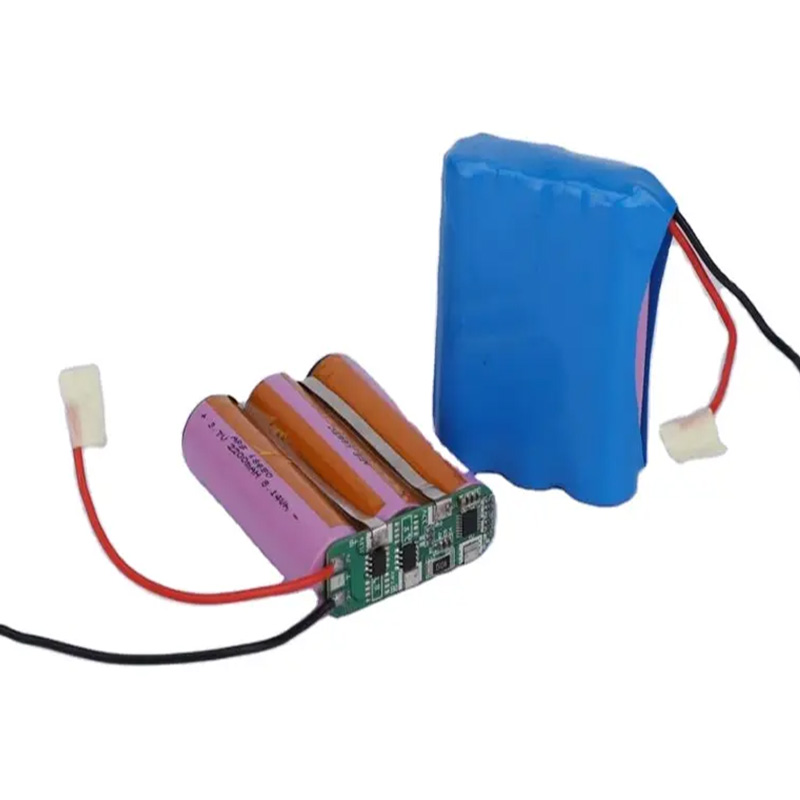Blog
Explore the Power of Lithium Innovation
Stay updated with the latest trends, technologies, and application insights in the world of lithium battery solutions
Search the whole station
Explore the Power of Lithium Innovation
Stay updated with the latest trends, technologies, and application insights in the world of lithium battery solutions
As new energy applications become increasingly widespread, the 18650 battery has become the preferred cell for many battery packs thanks to its high energy density and long cycle life. For international clients interested in battery technology, understanding how to build 18650 battery pack not only reveals the underlying principles but also serves as a valuable reference for purchasing, production, or customization needs. In this guide, we’ll walk you through the detailed assembly process, key considerations, and practical tips for building 18650 battery packs.
18650 battery packs are widely used in power tools, energy storage systems, e-cigarettes, and more, offering significant benefits. A single 18650 cell typically provides a capacity between 1800mAh and 3500mAh. By combining cells in series and parallel, you can flexibly meet different voltage and capacity requirements for various devices. Additionally, 18650 batteries are based on mature technology with high consistency, ensuring stable power output. Their standardized size also makes them easy to install and replace, supporting smooth product upgrades and maintenance.
To build a 18650 battery pack, you’ll need the following materials:
18650 Cells: Choose cells of the same specification and brand to ensure consistent capacity, voltage, and discharge rate.
Battery Management System (BMS): Protects the battery pack from overcharge, over-discharge, and overcurrent, ensuring safe operation.
Essential tools include:
Spot Welder: Ensures strong bonding between nickel strips and battery cells. If a spot welder is not available, a soldering iron can be used instead, but make sure to control the soldering time to prevent overheating the cells.
Multimeter: Used to measure cell voltage and check the overall performance of the battery pack.
Insulating Tape: Provides insulation and protection to prevent short circuits.

Select and Test Cells: Use a multimeter to measure the voltage of each cell. Make sure the voltage difference is within ±0.05V and remove any cells that don’t meet the standard.
Plan the Connection Layout: Design a series (to increase voltage), parallel (to increase capacity), or series-parallel mixed configuration based on your device’s requirements. For example, to power a 12V device, connect three 3.7V cells in series. To further increase capacity, add more parallel groups.
Connect the Cells: Weld the cells together using nickel strips according to your design. Ensure each weld is solid and smooth to avoid cold solder joints or short circuits.
Install the Battery Management System (BMS): Connect the positive and negative terminals of the battery pack to the corresponding terminals on the BMS. Double-check the polarity to avoid reverse connections.
Perform Final Testing: After connecting everything, use a multimeter to check the battery pack’s voltage and charging/discharging performance. Once confirmed to be functioning correctly, wrap the pack with insulating tape for protection.

Cell Safety: Keep cells away from compression, impact, open flames, and high temperatures.
Proper Welding: Control the welding temperature and duration to avoid overheating the cells, which could damage their performance and lifespan.
Insulation and Protection: Ensure all connection points are well insulated to prevent short circuits that could lead to fire or explosion.
Work Environment: Assemble the battery pack in a dry, well-ventilated space, away from flammable or explosive materials.
When purchasing 18650 battery packs or related components, prioritize products that carry UL, CE, RoHS, or similar certifications that comply with international safety standards. Evaluate the supplier’s manufacturing processes and quality control by requesting samples to assess product performance. It’s also important to work with companies that offer customized solutions and technical support to meet the needs of various applications.
Mastering the technology behind 18650 battery pack assembly helps you better understand product performance and strengthen your competitive edge. Whether you’re manufacturing battery packs under your own brand or sourcing from reliable suppliers, gaining deep knowledge of this technology opens new opportunities for business growth.
If you have procurement or customization needs for 18650 battery packs, feel free to contact us anytime for professional solutions and high-quality products.

High-performance 36V 10Ah water bottle lithium battery for electric bikes. Lightweight 3.5kg, fast charging in 1.5–2 hours, safe & durable with up to 500 cycles. Ideal for commuting and long rides.

high-performance 18650 Battery 4000mAh, offering stable 24V power and deep cycle support. Perfect for electric scooters, power tools, and energy storage systems. Built-in safety protections ensure long-lasting, reliable performance.

Apsenx supplies high-quality 11.1V 850mAh lithium polymer battery packs featuring premium cobalt materials, multiple safety protections, and customizable options. Ideal for remote toys, electric tools, and portable electronics. Fast shipping and flexible OEM/ODM services available.

Apsenx offers high-quality 3S1P 18650 11.1V 2600mAh lithium ion battery packs with durable steel shell and advanced safety features. Suitable for beauty instruments, medical devices, flashlights, and portable electronics. OEM & ODM customizable. Long cycle life over 1000 charges.
Discover simple yet effective ways to maintain your 12V golf cart battery, extend its lifespan, and explore replacement options for reliable performance.
View details18650 3.7V 3000mAh battery offers stable voltage, long endurance, and high cost-effectiveness. Learn why this battery is ideal for industrial automation, consumer electronics, smart home devices, and outdoor equipment, with customizable solutions ...
View detailsExplore the latest developments in lithium battery technology, including solid-state batteries, improved safety, higher energy density, and sustainable alternatives.
View detailsChina leads the global power battery market, but liquid lithium batteries face limitations. Solid-state batteries may become the future, with breakthroughs expected by 2030.
View details
HelloPlease log in